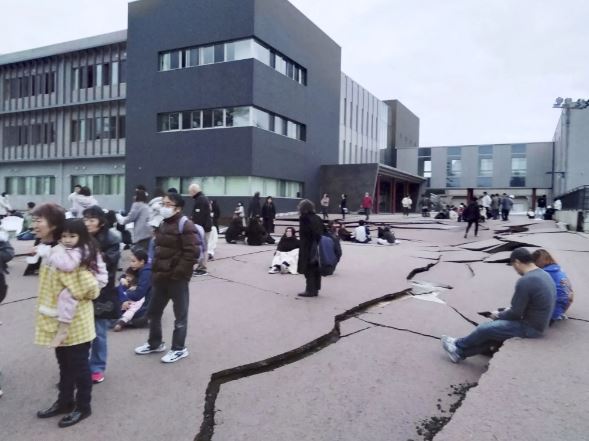Japan, situated on the Pacific Ring of Fire, is no stranger to large earthquakes and tsunamis, owing to its location in a belt of seismic activity. Over the past century, the nation has strategically invested in creating earthquake-resilient buildings, making them among the most robust globally. This commitment to seismic safety, coupled with government mandates and a culture attuned to seismic risks, has not only saved lives but has also led to continuous improvements in protective measures after each significant seismic event.
Japan’s journey toward earthquake resilience can be traced back to historical seismic tragedies. The earthquakes in the Mino and Owari provinces in the late 19th century and the devastating 1923 Great Kanto Earthquake, which claimed over 140,000 lives, prompted extensive research into constructing sturdier buildings. In response, Japan introduced new construction standards and regulations, marking the beginning of a commitment to seismic safety that would define its future.
The seismic resilience drive gained momentum after the 1995 Kobe earthquake, which took approximately 6,000 lives and left tens of thousands injured. Japan responded with a multibillion-dollar investment in technological research to develop safer structures. This initiative also focused on retrofitting older buildings to meet enhanced safety standards. The lessons learned from Kobe set the stage for a seismic revolution in construction practices and regulations across the country.
By the time the devastating 2011 earthquake struck the northeast coast of Japan with an 8.9-magnitude force, triggering a massive tsunami and a nuclear disaster at the Fukushima power plant, the nation had already fortified many buildings. Safety measures such as extra steel bracing, rubber pads, and hydraulic shock absorbers were integral components of Japan’s earthquake-resilient infrastructure.
In the aftermath of the 2011 disaster that claimed over 19,000 lives, Japan implemented further protective measures. Coastal communities saw the construction or rebuilding of tall sea walls to shield against tsunamis. Advanced sensors were installed to automatically alert residents, triggering the closure of floodgates in vulnerable areas. Regular earthquake and tsunami drills became routine for Japanese citizens, fostering a culture of preparedness and swift response.
One of Japan’s strengths lies in its stringent building codes, considered more robust than those in the United States. In contrast to the U.S., where authorities have adopted a less protective minimum standard, Japan leaves minimal room for interpretation, ensuring a higher baseline of seismic resistance. The emphasis on standardized codes has contributed significantly to Japan’s ability to withstand earthquakes and tsunamis, setting an example for the rest of the world.
The recent earthquake in western Ishikawa Prefecture serves as another test of Japan’s seismic resilience. The authorities are diligently assessing the extent of the damage, with reports of collapsed houses and individuals trapped underneath. Despite the immediate challenges, Japan’s commitment to post-event improvements remains unwavering.
In a world grappling with the increasing frequency of natural disasters, Japan’s approach to seismic resilience stands as a testament to the power of proactive measures. The nation’s ability to learn from past events, invest in cutting-edge technology, and enforce stringent building codes has undoubtedly saved countless lives and minimized the impact of seismic catastrophes.
As Japan continues to evolve its seismic safety measures, it sets an inspiring example for other earthquake-prone regions worldwide. The legacy of preparedness, innovation, and resilience that Japan has cultivated over the years serves as a beacon of hope and a reminder of the transformative impact that strategic investments in safety can have on a nation and its people.

